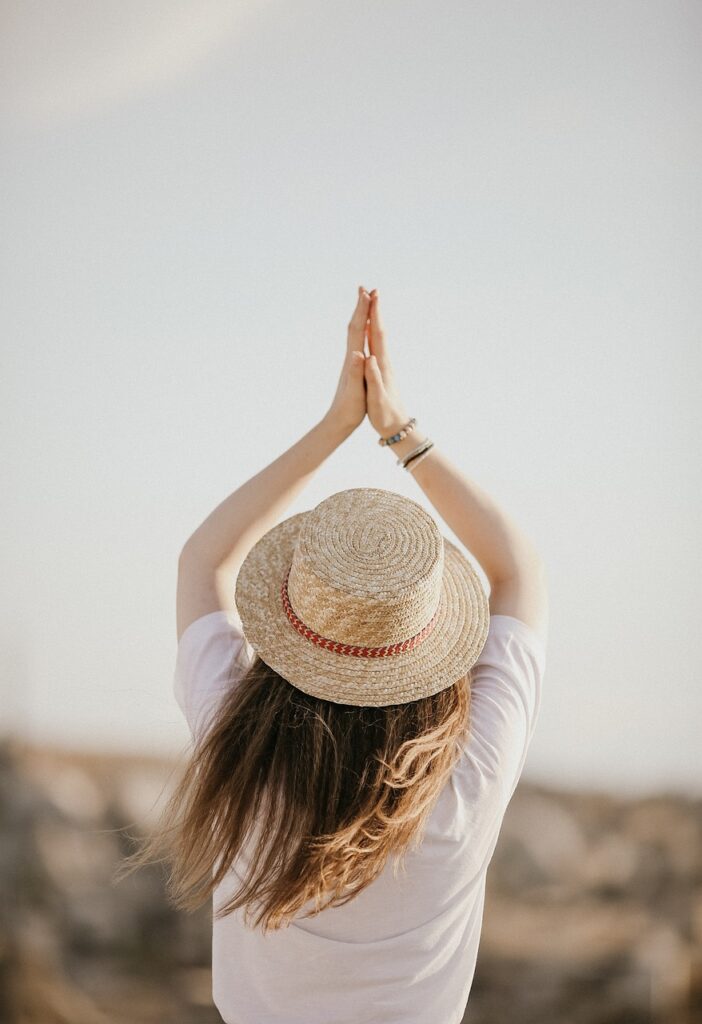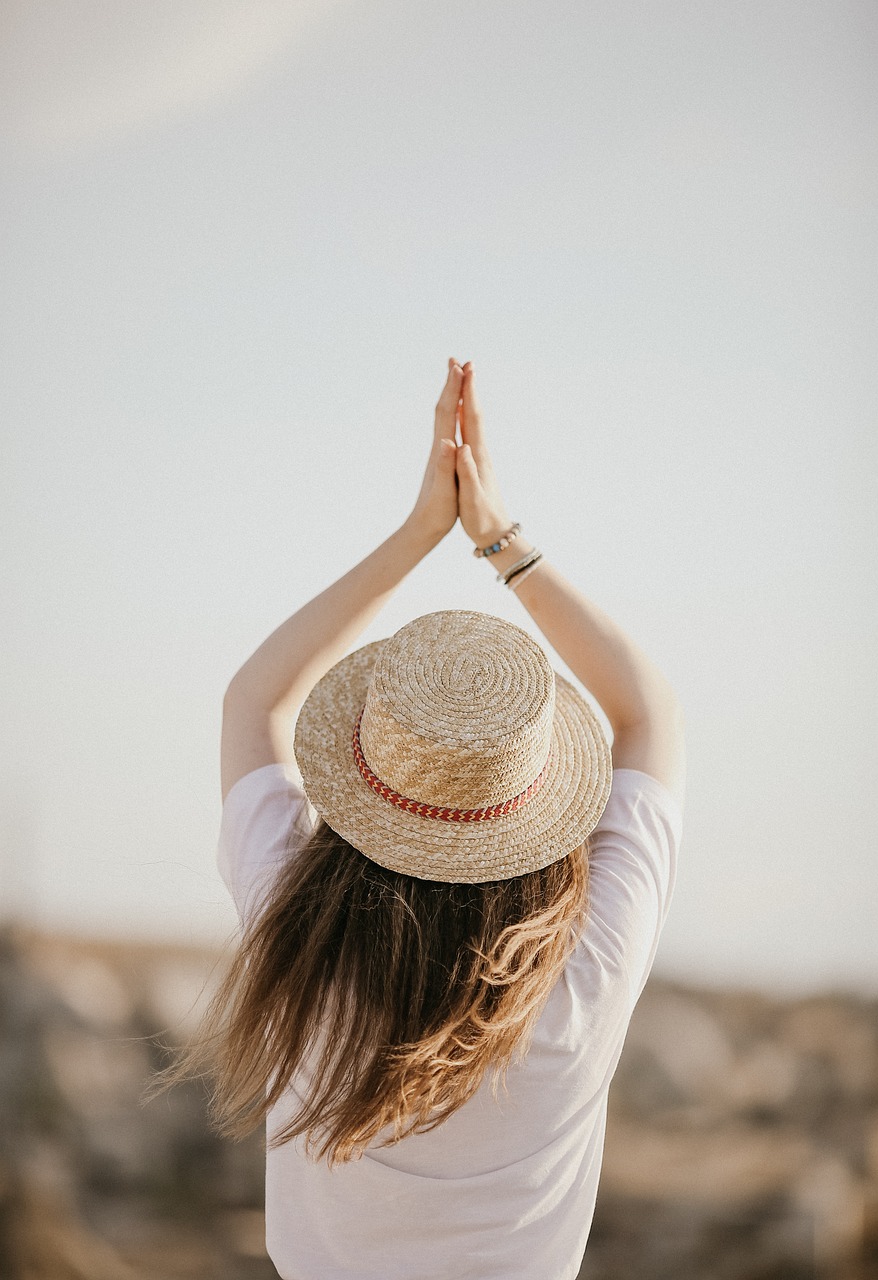Every time I’m told to set an intention in a yoga class, I draw a blank. I have trouble getting my head around this direction. Even though I’m a yoga teacher, this was not something we went over in training. What I was taught is that asana (movement) is done to prepare the body to sit for meditation. Once the body is strengthened and stretched appropriately, it should feel good enough to sit without pain–which would distract a meditator. Even if there’s no meditation at the end of class, the yoga practice should create a peaceful state of mind. So, the idea that a student can have some “other” reason for being in class or that a teacher would promote such an idea confuses me.
Although not every teacher begins class asking you to set an intention, since some do, I really wanted to get to the bottom of that meaning and share my findings.

Image by mlkbnl from Pixabay
When I am done with this class . . .
To set an intention for a yoga class, you could try filling in the blank after this sentence starter: When I am done with this session ___________________. What are you hoping will happen to you or for you when the class has ended? Whatever your answer is to the question or however you fill in the blank, that should give you information about how you want to feel at the end of the practice–either emotionally or physically. Some examples are energized, calm, less-scattered, focused, or supported.
Examples of intentions
While I’ve never checked in with anyone to ask them what intentions they set for their yoga session experience, when I used the starter sentence to help me create possible intentions, I came up with a few. See if any of these resonate with you.
When I am done with this class . . .
- I will be peaceful.
- my body will feel completely stretched.
- my hips will be open.
- I will be ready to go home and tackle whatever I encounter.
- I will feel taken care of and restored.
- my neck will feel better.
- I will be able to get on with my day’s work.
Dedicating your practice
I’ve also heard some teachers say that maybe you’d like to “dedicate” your practice to someone. This idea is also a challenging one. I get the idea of raising money for a cause and donating the funds to that cause. If someone is sick, I can see reciting a rosary for that person or lighting a candle and saying a prayer for their healing. But the idea of doing your yoga practice with someone else’s need in mind, just doesn’t compute in my brain. A yoga practice requires focus and presence with one’s self. Dedicating it to anyone other than you just seems to go against the reason for doing it at all.
However, you could dedicate a meditation to a person–keeping them in your thoughts and words. A meditation that works especially well for something like this is loving kindness meditation, or meta mediation. It’s a series of mantras that you repeat. For each round, you imagine you are saying the words to a specific person. The first is yourself, the second is someone you love, and the third is someone who is challenging you in some way. One way this could work is to just say the words to the person who needs the extra love instead of choosing three different people. The words are slightly different depending on where you look, but a simple version is the following:
“May you be happy. May you be well. May you be safe. May you be peaceful and at ease.”
Advice on choosing an intention
When a teacher asks you to set an intention for your practice, don’t linger on the decision. Choose quickly. They rarely give you that much time to come up with one, so if you have decision fatigue, this is important. If you really like the idea of setting an intention for your yoga time, or if you just like following directions because you’re that kind of student, you don’t want to miss an opportunity. So, how can you think of one quickly enough? In a pinch, think to yourself–why did I come here today? Why now? If you can figure out why you chose this type of class, with this particular teacher, on this day of the week and at this time of day, you’ll find an answer. Most importantly, knowing the answer will give you a great insight into something you’re feeling and maybe have yet to acknowledge.
